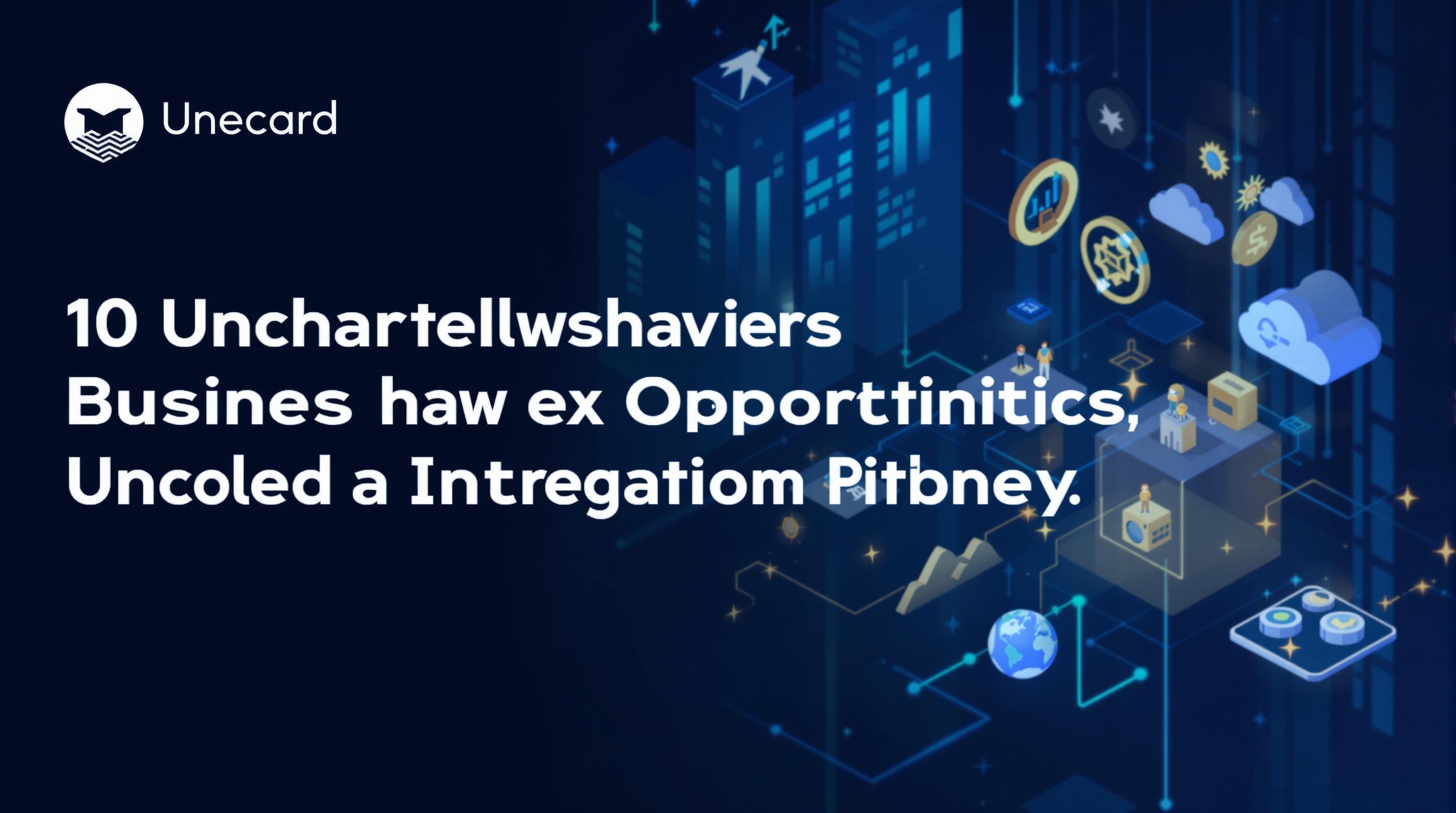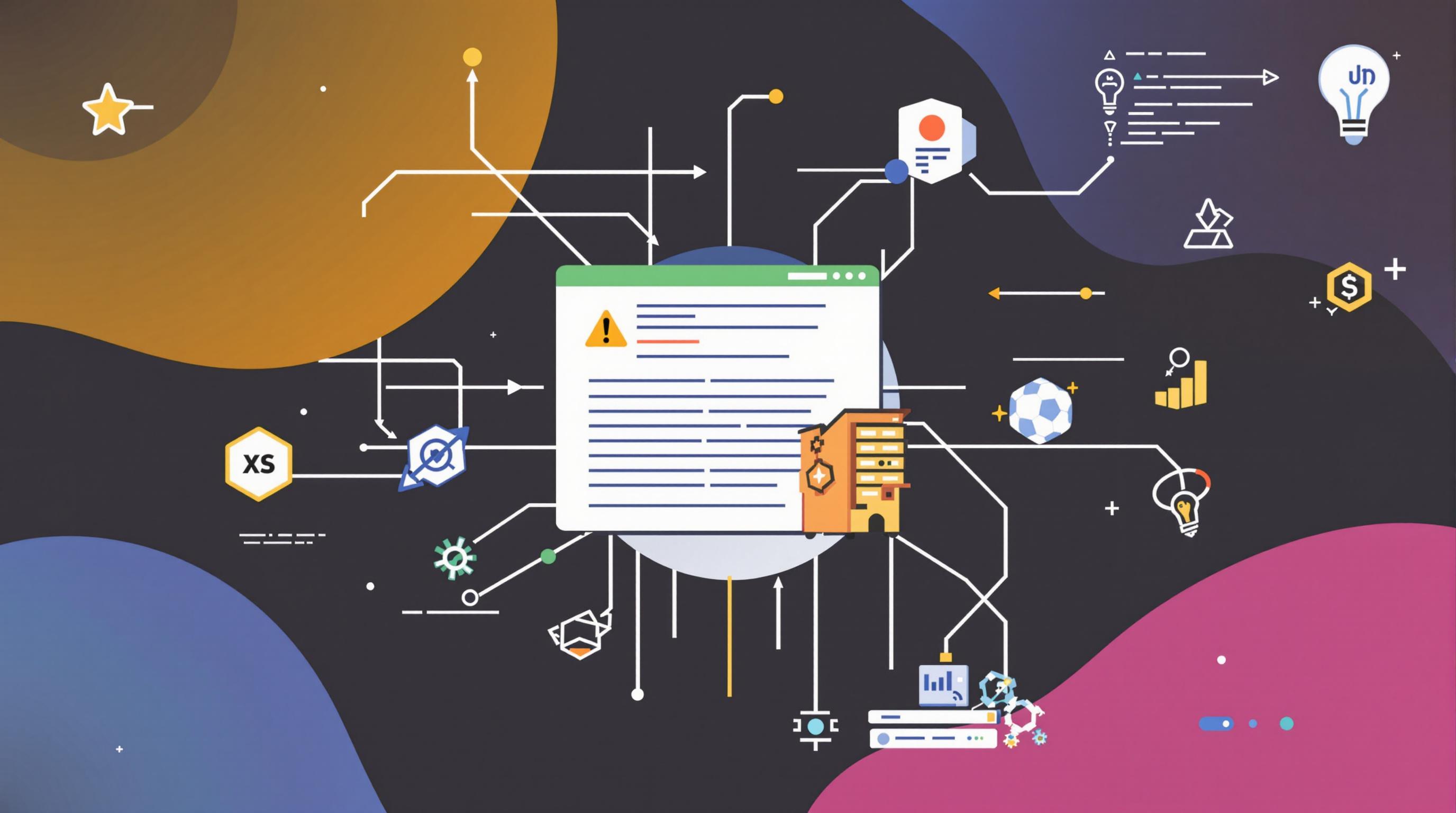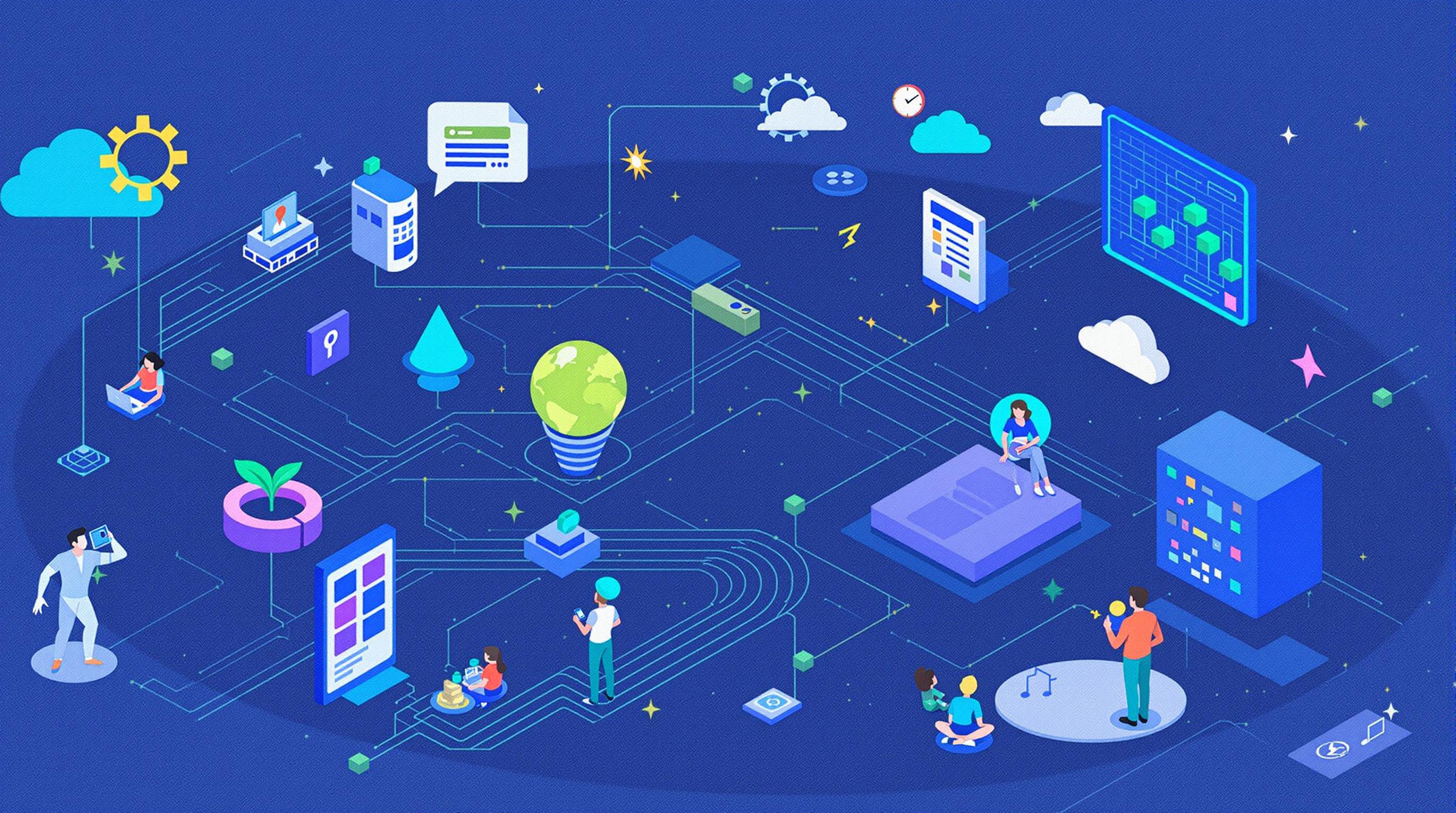Related Articles
- Unconventional Wisdom: Exploring Surprising Influencers Shaping Consumer Trends in 2023's Niche Ecosystems
- Beneath the Surface: Discovering the Unlikely Impact of Micro-Communities on 2023's Consumer Landscape
- Unexpected Catalysts: Exploring the Surprising Forces Influencing Subculture Trends in 2023
- Unmasking Influences: The Unlikely Narratives Behind Today's Obscure Market Trends and Consumer Choices
- The Paradox of Generosity: How Giving Can Lead to Unexpected Financial Gains in Competitive Markets
- The Unexpected Cost of Silence: How Communication Gaps Drain Resources in Organizations
10 Uncharted Business Opportunities Unlocked by Serverless Computing That Could Redefine Your Competitive Edge in 2024
10 Uncharted Business Opportunities Unlocked by Serverless Computing That Could Redefine Your Competitive Edge in 2024
10 Uncharted Business Opportunities Unlocked by Serverless Computing That Could Redefine Your Competitive Edge in 2024
1. Agile Application Development
Serverless computing enables businesses to rapidly deploy applications without the overhead of traditional server management. This agility allows development teams to focus on writing code rather than worrying about infrastructure scaling. Companies can quickly iterate on their products, integrating customer feedback in real time, leading to improved user experiences.
As organizations adapt to continuous delivery methods, serverless models become invaluable. The reduction of operational burdens translates to reduced time-to-market, ensuring that businesses can keep pace with customer demands and emerging market trends. This paradigm shifts the landscape towards more innovative and adaptable solutions.
For example, a startup focused on creating a mobile application for mental health could leverage serverless architecture to facilitate rapid prototyping and deployment, thus gaining a competitive edge over traditional players in the health tech space.
2. Cost Efficiency and Management
Serverless computing operates on a pay-as-you-go model, drastically cutting down upfront investment in hardware and ongoing maintenance costs. Businesses familiar with the challenges of capital expenditures in traditional IT models will benefit from this shift, maximizing resource allocation to areas that drive growth.
Through serverless architectures, organizations can scale their resources dynamically based on real-time demand. This elasticity allows them to avoid over-provisioning resources and incurring unnecessary costs, ultimately leading to better financial management and sustainable growth.
Research shows that companies that adopt serverless computing can reduce costs by up to 30% compared to traditional cloud services (Source: Forrester Research). This financial advantage can be redirected toward innovation initiatives, enhancing competitive positioning.
3. Enhanced Data Processing Capabilities
Serverless computing provides a powerful environment for processing large datasets, especially in application domains like machine learning and analytics. The ability to process data in real-time allows businesses to extract valuable insights swiftly, enabling data-driven decision-making processes.
Moreover, serverless platforms support various programming languages and frameworks, allowing data scientists to choose the best tools for their analysis. This flexibility supports the proliferation of advanced analytics techniques, such as predictive modeling and customer segmentation.
For instance, businesses leveraging serverless architectures for big data analytics can uncover customer behavior patterns that inform marketing strategies, ultimately enhancing customer engagement and retention.
4. Improved Scalability for E-commerce
The retail sector needs to adapt to changing consumer demands, especially during peak shopping seasons. Serverless computing enables e-commerce platforms to seamlessly scale in response to traffic spikes without the associated worries of load management and server maintenance.
This versatility supports promotional events and campaigns by allowing merchants to manage sudden increases in inventory queries or transactions. By employing serverless solutions, retailers can ensure a seamless shopping experience and reduce cart abandonment rates.
As e-commerce experiences continued growth, adopting serverless computing strategies will empower merchants to respond adeptly to market dynamics, preserving customer loyalty and maximizing sales potential.
5. Facilitation of Internet of Things (IoT) Applications
As the Internet of Things continues to expand, serverless computing serves as the backbone for managing vast networks of devices communicating and exchanging data. The weighted benefits of reduced latency and cost-effectiveness make serverless architectures ideal for IoT applications.
This dynamic approach allows businesses to process streams of data input from connected devices in real time, enabling invaluable insights and automated responses – essential components in sectors like smart cities, agriculture, and home automation.
For example, agriculture tech firms could deploy serverless solutions to analyze data from drones monitoring crop health, promptly alerting farmers to emerging issues, thus driving productivity and yielding greater profits.
6. Personalized Customer Experiences
Using serverless computing, businesses can develop systems that adapt to individual customer preferences through machine learning algorithms. The ability to analyze extensive amounts of data allows companies to tailor their offerings to suit unique consumer needs.
By utilizing serverless functions to respond to customer inputs and feedback in real time, companies can build loyalty through enhanced personalization, translating to an improved customer experience and higher retention rates.
Organizations employing these innovative strategies can significantly outpace traditional competitors who might struggle to adapt to consumer demands swiftly. The resulting edge can not only boost sales but also strengthen brand loyalty and engagement.
7. Streamlined DevOps Operations
Serverless computing effectively integrates with DevOps practices, encouraging better collaboration between development and operations teams. The separation of concerns facilitated by serverless architectures reduces the friction often associated with deployment processes.
As teams adopt more agile methodologies, the focus on automating deployment pipelines through serverless functions allows them to enhance efficiency, reduce errors, and leverage real-time monitoring capabilities. This ultimately leads to improved operational performance.
Companies embracing this shift may experience enhanced productivity, allowing them to divert resources toward strategic initiatives rather than mundane operational tasks. Forward-thinking businesses harnessing these capabilities will attain a pronounced competitive advantage.
8. Risk Mitigation and Security Enhancements
In an era marked by increasing cybersecurity risks, serverless computing can provide enhanced security features that address many traditional vulnerabilities. Serverless platforms often include built-in security measures that reduce the risk of attacks on deployed applications.
Moreover, because serverless architectures manage resource scaling automatically, they isolate workloads better than conventional servers, limiting exposure to potential threats. This increased security fosters consumer trust and promotes a stronger reputation for organizations.
For businesses in sensitive industries such as finance and healthcare, adopting serverless computing not only reduces risk but may also enhance compliance with regulatory standards, ultimately leading to improved consumer confidence and increased market share.
9. Customizable API Development
Serverless architecture lends itself well to the development of customizable APIs, enabling businesses to provide tailored services for clients or partners. The ease of deploying APIs without worrying about infrastructure enables organizations to innovate new solutions rapidly.
Through APIs, businesses can seamlessly integrate different services, enhancing their product offerings and creating new revenue streams. The energy spent on maintaining servers can be reallocated to innovating customer-focused services that stand out in competitive landscapes.
For instance, a financial service utilizing serverless APIs can provide users with personalized financial tracking and advisory services, creating a unique offering that directly addresses customer pain points.
10. Strategic Partnerships and Ecosystem Collaboration
Serverless computing fosters collaborations and partnerships between business ecosystems by enabling companies to easily share their applications and services. This paves the way for joint ventures that enhance innovation while minimizing risk.
Such partnerships can yield innovative solutions that leverage the strengths of multiple organizations. In 2024, businesses that capitalize on these collaborative frameworks may discover unique offerings and market penetration strategies that reshape their industry's landscape.
By collaborating with tech companies that provide serverless technologies, organizations can amplify their service offerings while also benefiting from mutual growth opportunities, defining a new frontier for competitive advantage in future business models.




